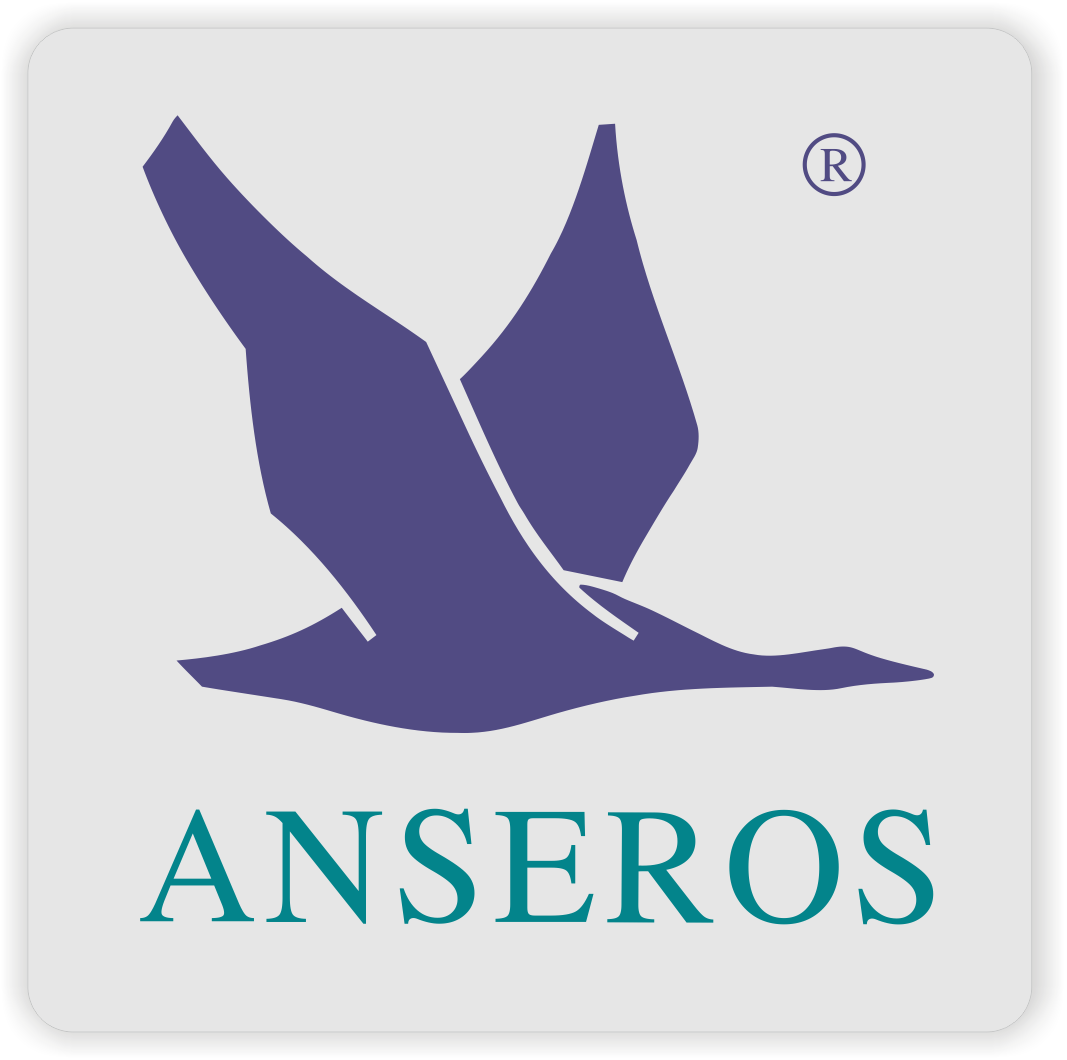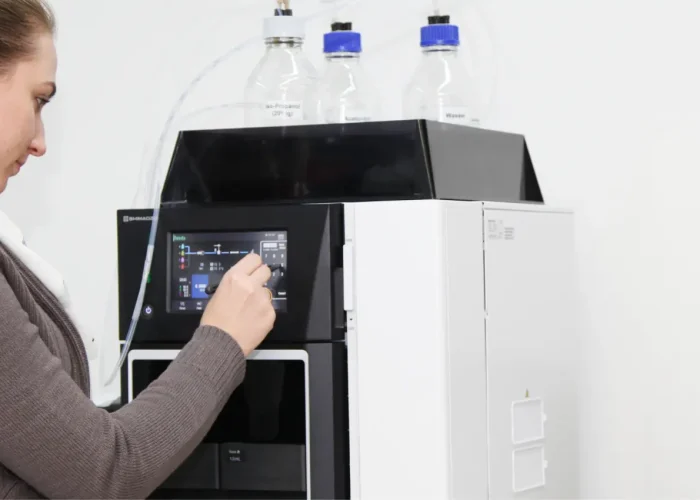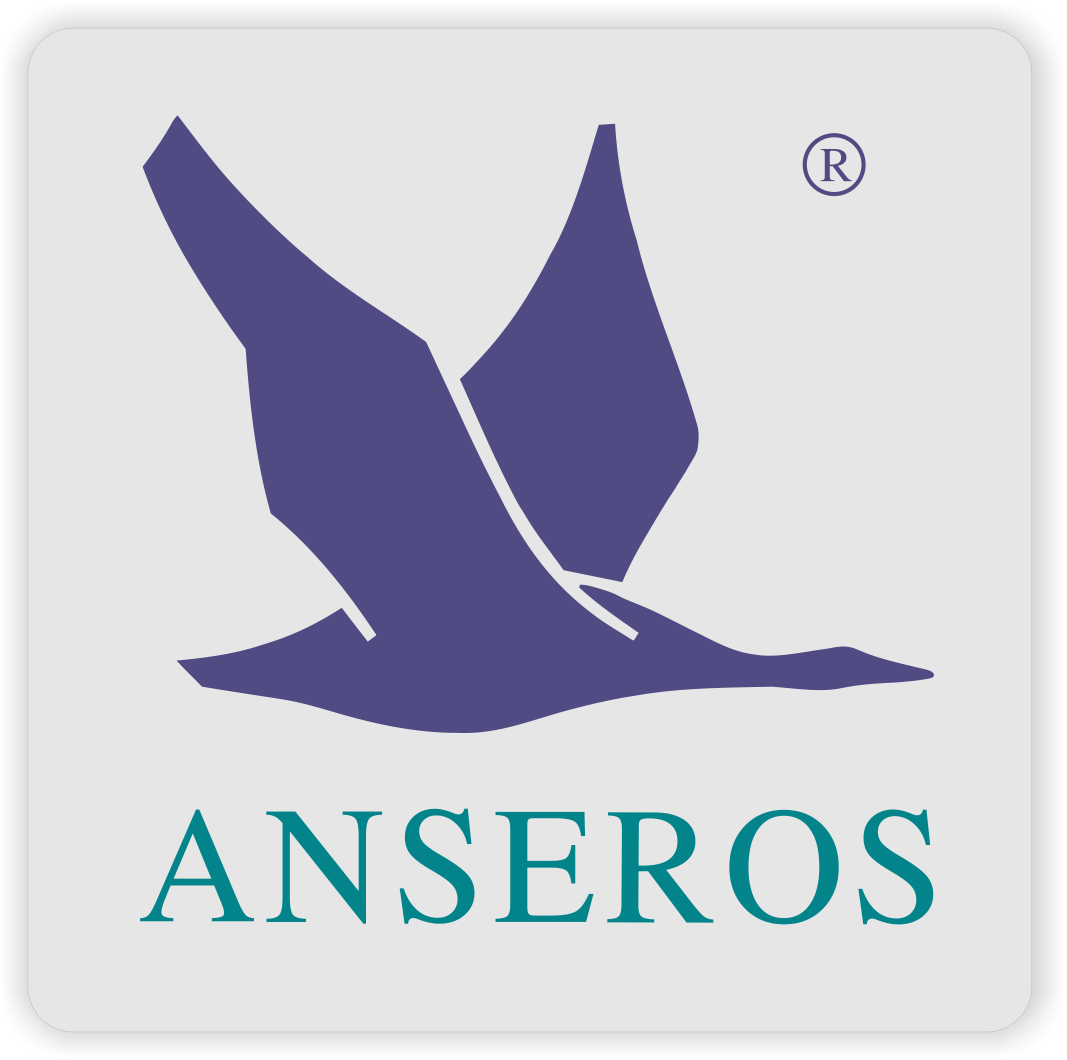Start | ANSEROS Ozone-Lab
What does an ozone lab do?
ANSEROS OZONE LAB is our specialized facility where ozone (O₃) is generated, measured, and analyzed. Researchers there study its effects on materials, living organisms, and the environment. Below is a detailed overview of their typical tasks and equipment.
To carry out these tasks, ANSEROS’ labratory is in-house well-equipped with ozone generators, sensors (such as UV or electrochemical devices), climate and aging chambers, and gas analysis systems for water sample analyses, rubber testing, and material ageing forecasting. Since ozone can be toxic at higher concentrations, proper safety measures and protective equipment are essential in every ozone lab.
Please feel free to contact us for Lab services.
Can Anseros Ozone Lab determine the right Ozone Dosage for Me?
Yes, ANSEROS OZONE LAB can determine the correct ozone dosage for your specific needs—provided that you supply them with the relevant information about your intended application.
Determining the ozone dosage means identifying the exact amount of ozone—typically measured in milligrams per liter (mg/L) or parts per million (ppm)—that is necessary to achieve a desired effect. This could include disinfecting air, water, or surfaces; breaking down pollutants and odors through oxidation; or testing how materials respond to controlled ozone exposure.
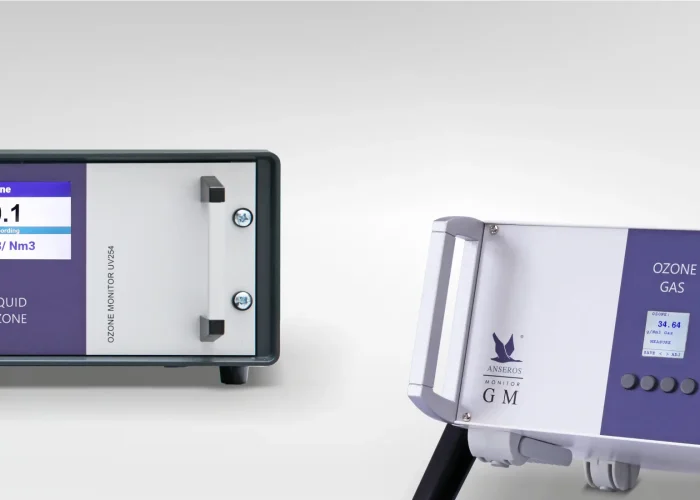
Generation - Measuring -Calibration
One of the main activities in our ozone lab is the generation and measurement of ozone. Ozone is produced using special ozone generators. Scientists use this ozone to calibrate and test measuring instruments that detect ozone concentrations in air, water, or other media. Precise measurement is crucial in both industrial applications and environmental monitoring. In this case we work with calibrated devices.
Water and air treatment
Finally, the ozone lab is also involved in water and air treatment technologies. We are able to test and optimize ozone-based purification methods, such as those used in drinking water treatment plants or or industrial exhaust air cleaning systems. Ozone’s ability to break down pollutants and pathogens makes it highly valuable in these applications.
You can send us water samples for testing and define your own test parameters.
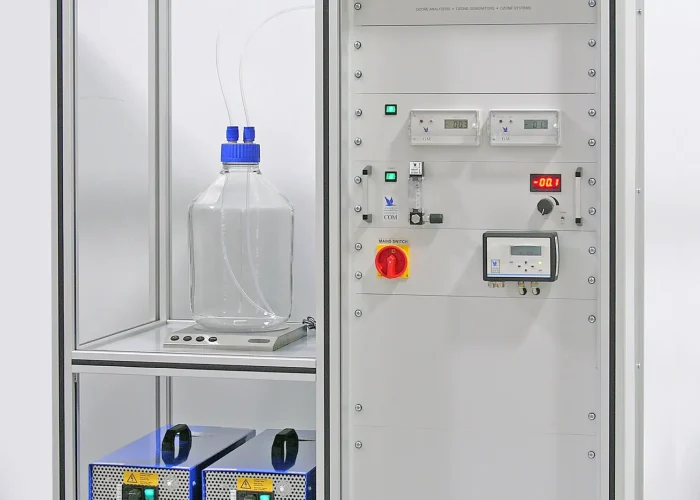
Rubber testing & climate simulation
Another important field is material testing. In this context, researchers expose various materials—such as plastics, rubber, or textiles—to ozone to see how they react. These tests help determine how resistant these materials are to ozone-related aging or degradation. This is particularly relevant for industries like automotive manufacturing, construction, and packaging.
You can test your rubber samples at our lab which is equipped with state of the art test chamber and climate simulators.
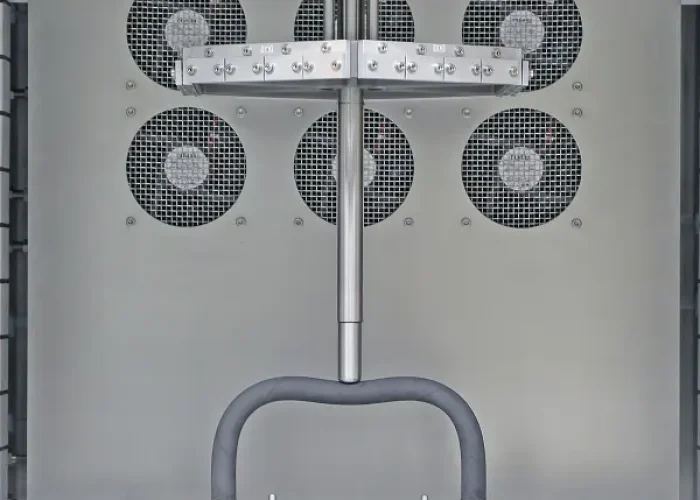
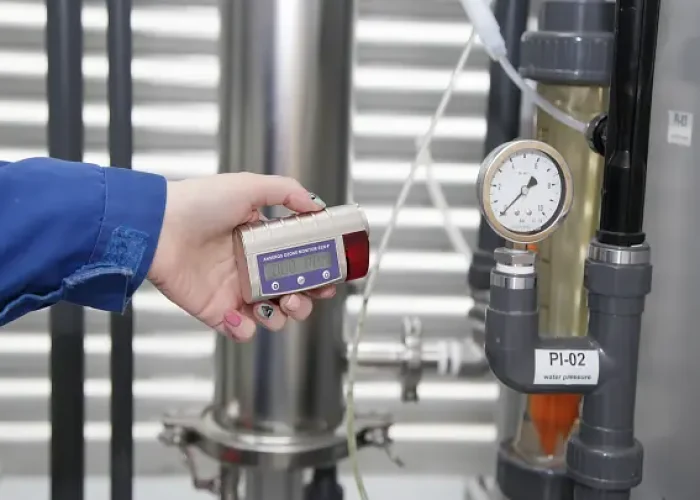
O3 environmental analysis
Anseros believes in high-quality detectors. We increased our engineering workforce to cope with the requirement of on-site services and consultancy both locally and internationally.
Ozone labs also contribute significantly to environmental analysis. They measure ozone levels in the lower atmosphere (ground-level ozone), which is considered an air pollutant. By collecting and analyzing this data, scientists can better understand air quality issues and the role ozone plays in smog formation and climate effects.
Please call our engineering servicing department.
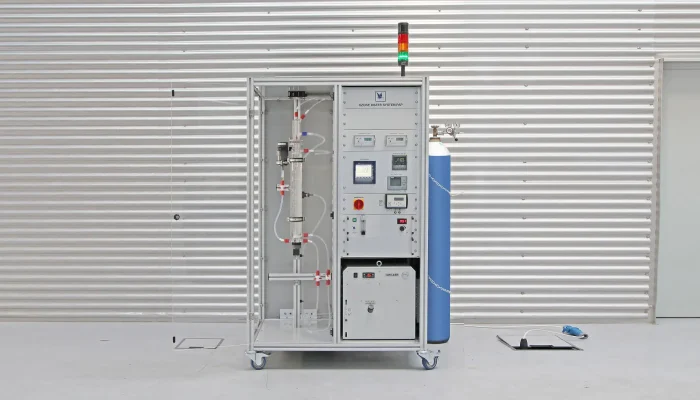
Complete O3 pilot systems for your lab - Plug n' play!
The PAP-Pilot is ready to plug in and can be used immediately in the laboratory. The system is monitored in accordance with our safety standards and is equipped with the relevant safety technology, such as warning signals.
Pre-owned equipment calibration
If you owned an Anseros equipement or system and it’s need a periodic calibration, Please feel free to contact us by filling the online form or call our engineering department.
STRESS-FREE ANALYTICAL SERVICE
30+ Years of Experience
Customized lab service
Fully valued & minimized expenses
24 hours continued testing (if required)
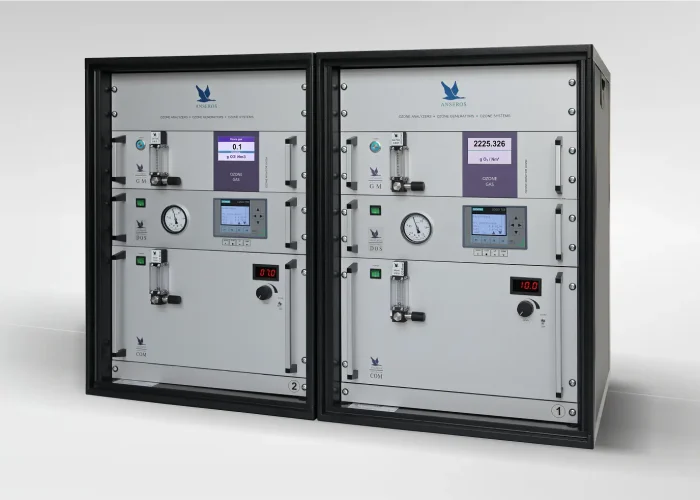
You ask, we answer
Ozone dosage refers to the required amount of ozone (e.g., in mg/L or ppm) needed to achieve a specific effect, such as:
Disinfection of water, air, or surfaces
Oxidation of pollutants or odors
Material testing under defined ozone exposure conditions
Our specialized ozone lab can:
Calculate the required ozone dosage based on factors like volume, medium (air/water), temperature, pH, etc.
Perform lab tests to experimentally determine the optimal dose for your specific application.
Measure and verify whether your current or planned ozone levels meet the necessary performance or safety standards.
Provide expert advice on which ozone concentrations are effective, economical, and safe.
To help you effectively, ANSEROS Ozone lab will need detailed information, such as:
What exactly is being treated or tested? (e.g., drinking water, indoor air, medical equipment)
Volume of the medium (e.g., liters of water or cubic meters of air)
Goal of the treatment (e.g., germ reduction, odor removal)
Duration of the ozone application
Temperature, pH, and other relevant parameters
Ozone generators
UV ozone sensors or electrochemical ozone meters
Climate chambers or aging chambers
Gas analysis systems
Safety equipment (ozone is toxic at high concentrations)
